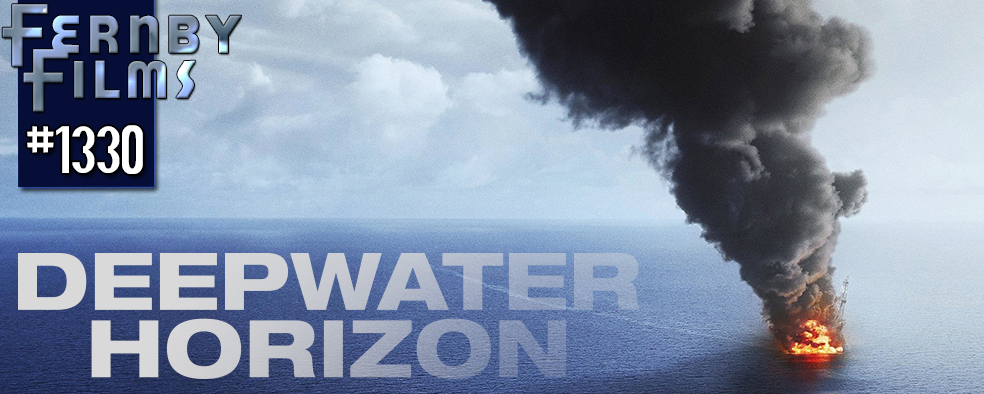

2 Deterrence by punishment, thus works with an adversary’s fear of massive retaliation, whereas, deterrence by denial focuses on showing how an adversary’s endgame will not be achieved through strengthened integrated weapon systems, joint warfare, and precision offensive firepower. Deterrence transfers higher risk and imposes costs on China, while lowering risks to the United States. Punishment, according to John Mearsheimer, involves threatening to destroy an adversary’s infrastructure, while denial convinces an opponent that military objectives will not be achieved. US military power is based on the deterrence policy of punishment and denial. The Indo-Pacific Command’s (INDOPACOM) area of responsibility is the focus of the US military in the twenty-first century. The Biden administration, in consonance with the 2017 National Security Strategy, is prioritizing its military strategy, weapons systems, and defense acquisition planning toward the Indo-Pacific region.

The 1992 Defense Planning Guidance, which stated that Washington would prevent emerging threats and protect the global order, remains valid 30 years later. 1US primacy prevented the emergence of global and regional hegemons. National Archives or DVIDS.Since 1945, US global leadership has defended international law and protected the democratic order. This website is developed as a part of the world's largest public domain archive,, and not developed or endorsed by the U.S. law and are therefore in the public domain. National Archives and DVIDS is "a work prepared by an officer or employee" of the federal government "as part of that person's official duties." In general, under section 105 of the Copyright Act, such works are not entitled to domestic copyright protection under U.S. All of these materials are preserved because they are important to the workings of Government, have long-term research worth, or provide information of value to citizens.ĭisclaimer: A work of the U.S. The Defense Visual Information Distribution Service provides a connection between world media and the American military personnel serving at home and abroad. There are approximately 10 billion pages of textual records 12 million maps, charts, and architectural and engineering drawings 25 million still photographs and graphics 24 million aerial photographs 300,000 reels of motion picture film 400,000 video and sound recordings and 133 terabytes of electronic data.

NARA keeps those Federal records that are judged to have continuing value-about 2 to 5 percent of those generated in any given year.

National Archives and Records Administration (NARA) was established in 1934 by President Franklin Roosevelt. National Archives and Defense Visual Information Distribution Service. The objects in this collection are from The U.S.


 0 kommentar(er)
0 kommentar(er)
